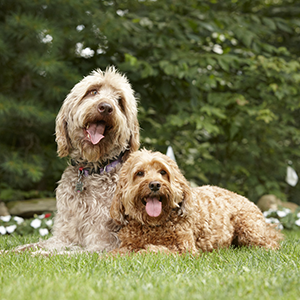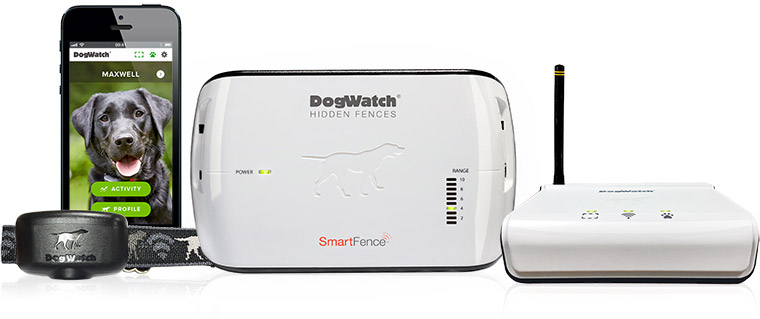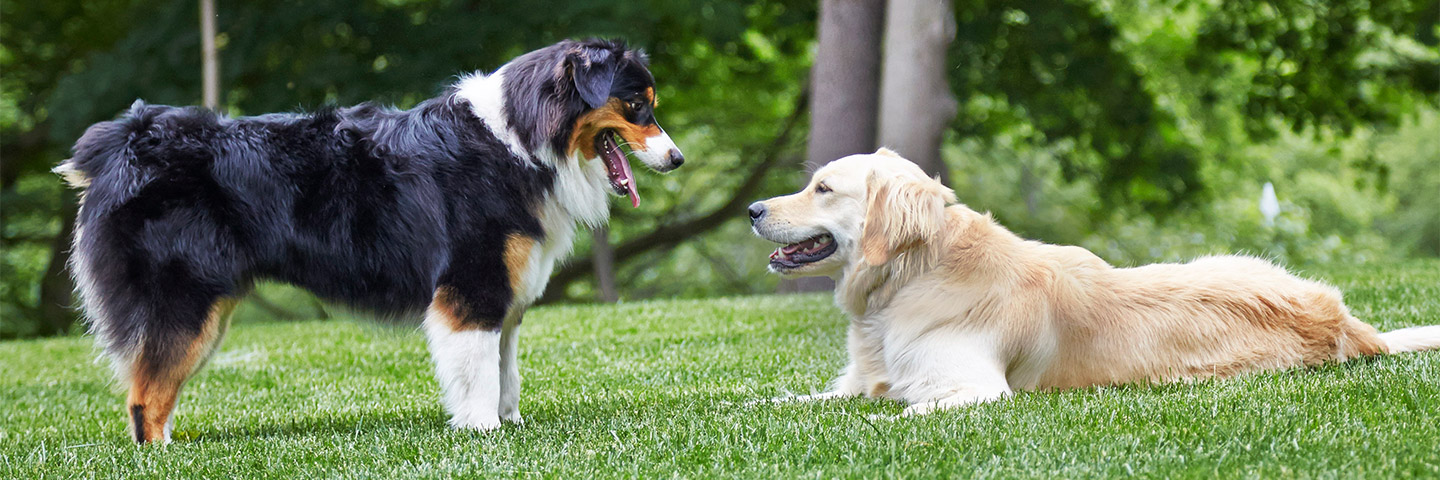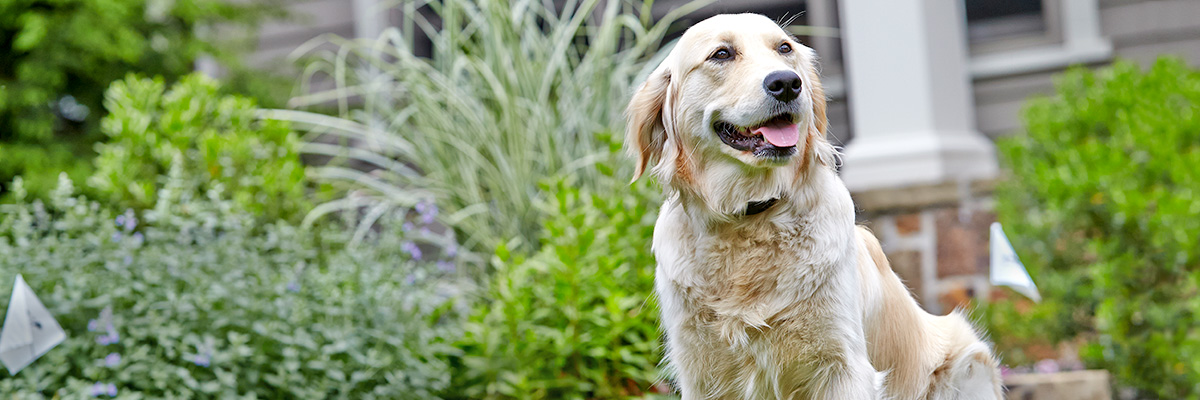Ultimate Guide to Training Your Dog With Your Hidden Fence

Are you looking for a way to let your pet run around outside without the fear of them running off or getting into trouble? Training your dog with an underground fence system can be a game-changer when it comes to giving your dog the freedom to roam safely in your yard. At Palmetto DogWatch, our underground fence company has a state-of-the-art hidden fence for a great alternative to a traditional fence, offering a less obstructive and more aesthetically pleasing solution. Training can be a daunting task, though, so we’ve put together a guide on what you need to know about training your dog with our Greenville hidden dog fence, from understanding the system to successfully teaching your pup the boundaries.

Understanding Hidden Fences
Before the training process is explained, it’s helpful to have a good understanding of what our hidden fence is and how it functions. DogWatch’s hidden fence is a pet containment system that uses a combination of underground wires and a receiver collar to keep your dog within the area you’ve designated.
Features of a Hidden Fence System
Transmitter: The transmitter is usually installed in a garage, your home, or a sheltered area, and connects to the wires set underground. By emitting radio signals, it defines the designated boundaries you’ve set for your dog.
Underground Wires: Our fences have wires that are buried around the perimeter of your yard to create the invisible boundary you need. These wires receive the radio signals sent out by the transmitter.
Receiver Collar: DogWatch offers some of the best dog training collars. The receiver collar your dog wears is designed to detect the radio signals, and to provide warnings and corrections. When your dog approaches the boundary, the collar emits a warning beep, or a static correction if they venture further. The collar’s contact posts are made to be comfortable but effective.

Benefits of a Hidden Fence
Choosing the right hidden fence system for your dog is beneficial to it being effective. Our hidden electric dog fence offers multiple benefits that make it an ideal choice:
Training Features: When we install your hidden fence, your DogWatch dealer will offer a comprehensive training program for you and your dog. This program helps guide you through the process of training your dog on their new boundaries.
Dog’s Personality and Temperament: Every dog is different, from their breed and size to their personalities and how they respond to fence training. That’s why our electric dog fence training feature is customizable. We help you take the necessary time with each phase to create training sessions that best fit your dog’s temperament and personality.
Yard Layout and Installation Process: Whether your yard is large or small, our hidden fence wires can be easily installed to fit the perimeter you choose. The radio signals provide a system that mitigates errors found in GPS signal fencing and other underground fences.
Battery Life: Battery life is crucial for a receiver collar, and that’s why DogWatch’s battery options last from 9 months to 2 years. You also receive alerts when the battery is low on power and needs to be replaced.
Warranty and Customer Support: Our products are designed to last, and we offer a Lifetime Equipment Warranty on our fence systems. We also offer comprehensive customer support for any questions or concerns you may have.

Training Your Dog With a Hidden Fence
Once your hidden fence system is installed, it’s time for the training program. This 2 week program is conducted by your DogWatch dealer, who works with you alongside your dog. Training your dog to respect the boundaries of the hidden fence is a gradual process that requires patience and consistency. Here is a summary of our extensive process for electric dog fence training:
1. Introduce Your Dog to the Collar
Before the training begins, you’ll introduce your dog to the receiver collar and make sure it fits comfortably. By not having the correction mode activated for a while, the dog can adjust to the beeping noise and the vibrations alone. This helps your dog associate the collar with a positive experience.
2. Set Up the Boundary Flags
You’ll set up boundary flags along the perimeter of the hidden fence, creating an avoidance zone between the flags and the boundary. These flags pose as visual markers to help your dog understand where the boundary is and where they’re not allowed to go. You should leave the flags in place for the entire training period.
3. Initial Training Sessions
Training sessions start on a leash. By walking your dog along the yard, you allow them to approach the boundary. When your dog gets close to the boundary, the collar emits a warning beep, as you give a “watch out!” command while firmly leading them away. Once they understand this, you can move on to teaching your dog about the correction. After setting their collar to a training level setting, you can allow them to walk into the avoidance zone, and the correction will make them retreat. You should praise them whenever they retreat out of the zone.
4. Use Positive Reinforcement
Be sure to reward your dog with positive praise and treats when they respond appropriately to the warning and remain within the boundary. Praise helps your dog associate staying within the boundaries with positive outcomes.
5. Gradually Remove the Leash
As your dog becomes more accustomed to the boundary, gradually reduce your use of the leash during sessions. Be sure to keep a close eye on your dog and be ready to correct, though.
6. Consistent Training
Consistency is key to effective underground dog fence training. Ensure that your family members in the house follow the same rules for your dog’s training. Inconsistency in training can confuse your dog and hinder the progress.
7. Monitor Your Dog’s Progress
Regularly monitor your dog’s behavior and response to the hidden fence system. Some dogs may require more time to grasp the concept, depending on their personality, while others may understand quickly.
8. Remove the Boundary Flags
Once your dog can consistently stay within the boundaries and respond appropriately to the warnings and corrections, you can start removing the boundary flags. This gradual change reinforces your dog’s understanding of the perimeter.
9. Test Your Dog’s Understanding
To make sure your dog understands the boundaries, have supervised off-leash sessions. Stay with your dog as they explore the yard without a leash, but be ready to train again if needed.
10. Maintain Regular Training
Even after your dog has mastered the hidden fence system, it’s important to continue occasional training sessions to reinforce their understanding of the boundaries.
Common Training Challenges
Training with a hidden fence can sometimes present obstacles. Here are some common issues and how to address them:
Fear or Anxiety
If your dog shows signs of anxiety or hesitance during training sessions, take a moment to breathe, and then continue at a slower pace. Use positive reinforcement to ensure that training sessions are an encouraging and safe environment.
Stubborn Behavior
Some dogs can be stubborn and highly independent and test their boundaries. In these cases, consider adjusting the correction level on the collar to a higher setting, but always do so with caution and under the guidance of a professional trainer or your training guide manual.
Inconsistent Response
If your dog begins to exhibit inconsistent responses to the warnings, it may be due to distractions in the yard. Gradually introduce more challenging distractions during training to help your dog learn to ignore them.
Boundary Challenges
If your yard has uneven terrain or natural obstacles like rocks and trees, your dog may find it difficult to understand the boundaries. You may need to make adjustments to the perimeter configuration to accommodate for these obstacles.
Trust Palmetto DogWatch for Safe Pet Containment!
Committing to thorough training sessions with your dog on your hidden fence can allow you peace of mind while your dog safely explores the yard. With our hidden fence system and training products for dogs, you can ensure a safe and enjoyable experience for your companion. With positive reinforcement, patience, and consistency, you’ll have the keys to success in hidden fence training and securing a happy lifestyle for your dog.
Categories: Palmetto Dog Watch Blog